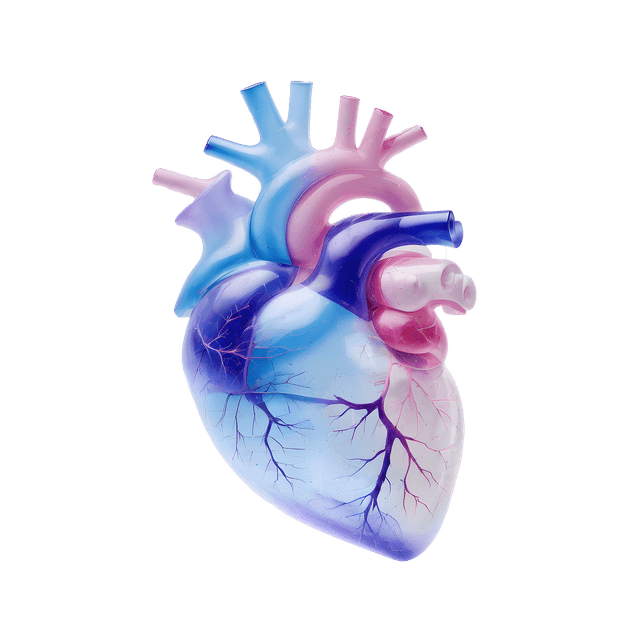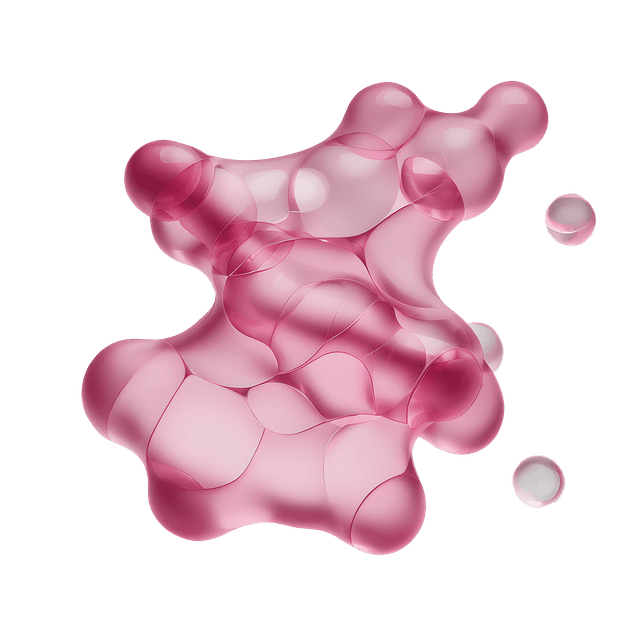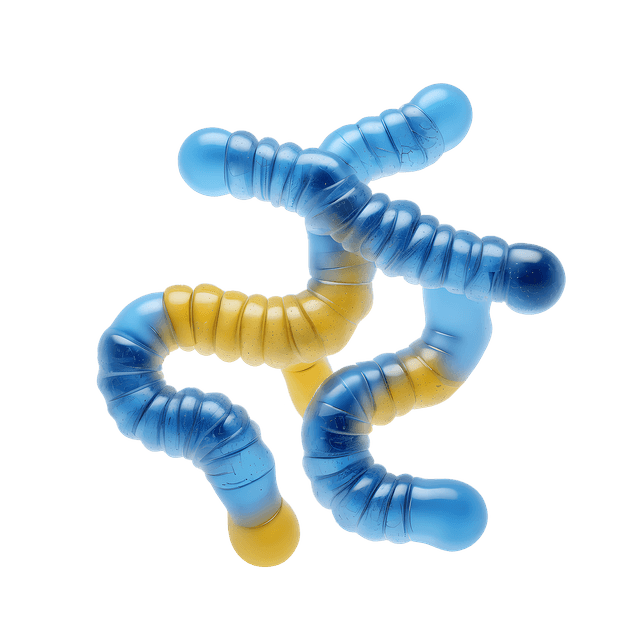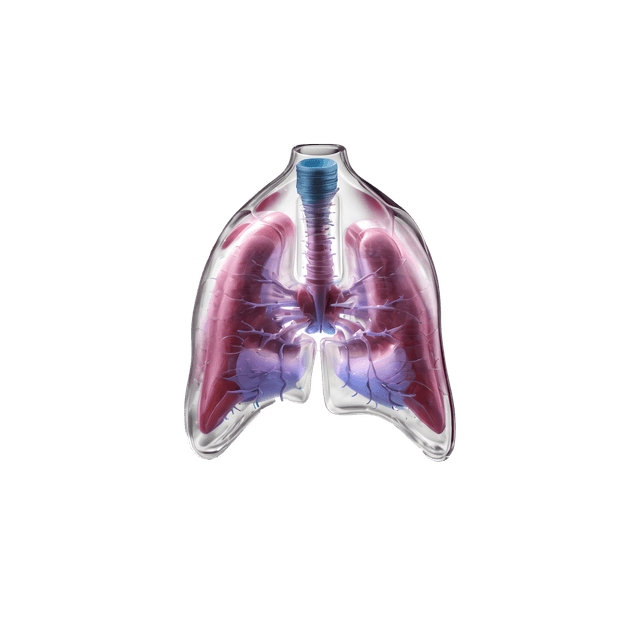Cause of colds
Colds are caused by viruses. Rhinovirus is the main culprit behind colds, but there are other viruses that can cause similar symptoms. Here are some of the most common causes of colds:
Rhinoviruses: Rhinoviruses are the most common cause of colds and make up a large percentage of the colds people get av.
Coronavirus: Some types of coronavirus can cause upper respiratory tract infections similar to colds. An example is the new coronavirus that causes COVID-19.
Adenovirus: Adenovirus can lead to upper respiratory tract infections and cause symptoms similar to colds.
Other viruses: There are many other viruses, such as enterovirus and respiratory syncytial virus (RS virus), that can also cause cold symptoms.
Spread of infection: Colds are spread through direct and indirect contact with infected people or objects. Common routes of transmission include hand contact with an infected person, inhalation of virus in the air, and by touching objects contaminated with virus.
It is important to note that there are many different viruses that can cause colds and therefore there is no cure for colds because they are caused by different strains of viruses. The best way to prevent colds is to take measures to reduce the risk of infection such as washing hands, avoiding close contact with sick people and keeping the immune system strong through a healthy lifestyle.
Symptoms cold
Cold symptoms vary from person to person, but they usually include the following:
Runny or stuffy nose: This is a common cold symptom and can be annoying.
Sore throat: A sore and irritated throat is an early sign of a cold.
strong Cough: A dry or phlegmatic cough is common and can be irritating.
Sneezing: Many people experience sneezing when they are colds.
Fever: A mild fever is possible especially in children. Adults usually do not get a fever with a cold.
Headaches: Some people experience headaches as a cold symptom.
Fatigue: A general feeling of tiredness and sickness is common during a cold.
Muscle aches: The muscles may feel sore and aching.
Weakness: The body may feel weak during a cold.
Chills: Some people may feel cold and shaky.
Treatment cold
There is no specific treatment that cures a cold because colds are caused by viruses and antibiotics are ineffective against viruses. Treatment for a cold is primarily aimed at relieving symptoms and promoting recovery. Here are some steps you can take to manage a cold:
Rest: Resting allows your body to fight the infection and recover faster.
Stay hydrated: Drink enough water, soups or other fluids to avoid dehydration.
Painkillers and antipyretic drugs: If you have a fever, headache or muscle aches, consider using painkillers such as ibuprofen or paracetamol to relieve the discomfort. Follow the dosage instructions carefully.
Nasal spray or nasal drops: To relieve nasal congestion, you can use nasal spray or nasal drops that contain saline solution. This can help reduce mucus and make breathing easier.
Cough medicine: If the cough is annoying and disrupts your sleep, consider using a cough medicine for to relieve cough. Choose a cough medicine that is appropriate for your age and health condition.




















